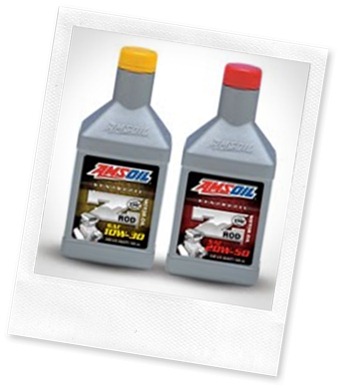It’s likely that you’ve taken your vehicle into a quick lube for an oil change and received the synthetic oil sales pitch. No matter the make, model or age of the car, the technician was adamant that it was the best choice if you cared about the life of your car’s engine. Synthetics are a routine component of foreign car maintenance for most makes and models.
Learn about the myths and realities surrounding the various kinds of motor oil, and decide for yourself if the extra money you’ll spend on synthetics is worth it.
While standard motor oil is refined from crude fossil fuel, synthetic oil is chemically modified so that its molecules are far more consistent in size and shape. It uses the same basic ingredients, but they are structured to perform differently. As a consequence of its molecular design, synthetics have a higher boiling point and a lower pour point than conventional oil. In other words, it withstands a higher degree of heat and flows smoothly at colder temperatures.
Based on some assessments, synthesized oil has no problem moving through an engine in temperatures as low as -60 degrees Fahrenheit, whereas conventional oil takes a lot longer to get up to speed, so to speak.
You’ll hear plenty of claims about this state-of-the-art type of motor oil, some of which are true, others not. Given the performance of the ordinary vehicle, synthetics will not always increase fuel efficiency, nor will they significantly add to the life of the engine. However, because they provide superior lubrication, engine components experience internal wear at a slower rate. Because they contain no impurities such as sulfur and wax, which are generally found in conventional oil, they do not bring on sludge buildup in an engine. An upgrade to a synthetic variety won’t hurt the car, but it won’t make its engine last forever. Using a more expensive type of oil is never a substitute for preventative maintenance.
Synthetic oil is highly recommended for high performance vehicles with engines that produce a significant volume of heat, and they do perform better under these circumstances. Their higher viscosity rating and ability to perform consistently at high temperatures helps keep engine parts lubricated and working optimally.
For many imports, synthetic oil is an absolute must. The automobile instructions specify what type of oil to use. Most newer models made by Mercedes, Audi, Volkswagen, BMW and Porsche – to name a few – call for synthetics.
Domestic and import car maintenance requires, among other things, regular oil changes. The myth of the 3,000-mile oil change remains. While it’s unnecessary to change the oil that often, car owners should check the dipstick routinely to make certain there is adequate, clean oil and stay on top of other required maintenance. If you drive frequently or drive long distances regularly, you might want to change the oil more often, but most drivers can book up to 5,000 miles, even with conventional oil.
Man made oil will last 5,000 to 10,000 miles, but it too breaks down after time. Unless your car’s manual says “synthetic oil only” or you live in a cold northern state, this type of oil won’t significantly enhance your car’s performance. If you want to try an upgrade, it is okay to switch between types, but not recommended to mix the two. There are also semi-synthetic blends that contain a minimum of 70% conventional oil. This type provides many of the lubrication and viscosity advantages of synthesized oil at a lower price point.
Bottom line, if your owner’s manual specifies “synthetic oil only,” then you should always stick to the manufacturer’s guidelines. However, if you have an older car that’s in good condition and you have consistently used regular oil, don’t feel compelled to switch to synthetic. Your wallet will thank you.




